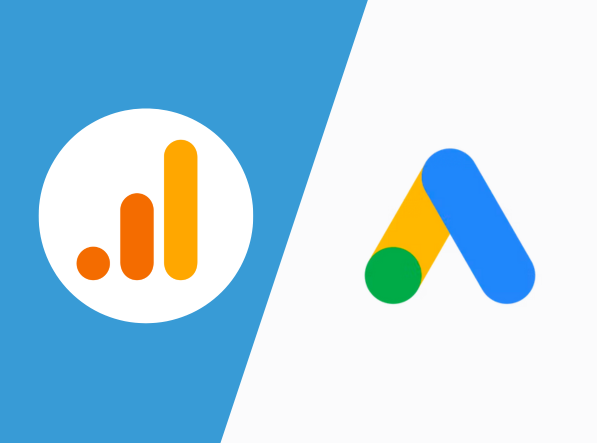In March, Google Ads announced that it will be moving away from importing last non-direct clicks from GA4 into Google Ads. Instead, it will be adopting a full cross-channel conversion credit import approach, leading to more accurate measurements and better optimization.
What is Last Non-Direct Click Attribution?
Before this update (which is expected to be implemented in the coming weeks), Google Ads imported conversions from GA4 using a last non-direct click attribution model. This model meant that if the last click did not from a Google advertisement, then no conversion would show up in the platform when importing conversions from GA4 to Google Ads.
Here’s an example of how this attribution model works:
Let’s say you are looking to purchase an automatic pet feeder. You decide to start your search on Google and click on an ad for one you like but end up deciding not to make the purchase just yet.
The next day you’re scrolling through your Facebook feed and see an ad for that exact automatic pet feeder you were going to purchase the day before. You click the ad and decide you’re ready to finally make the purchase.
In this scenario, with the last non-direct click attribution model, Facebook would be credited with 100% of the conversion value since it was the last click you made before making the purchase.
Since many buyer journeys aren’t linear, this could mean you’re not getting the full picture on how your Google Ads campaigns are actually performing.
What is Cross-Channel Conversion Attribution?
Unlike last non-direct click attribution, full cross-channel conversion attribution will be able to provide better visibility on non-linear buyer journeys. Instead of just crediting the last ad a customer clicked, it will also give credit to ads that were clicked before the last click.
In terms of the example we used above, this means that google would receive 50% of the conversion value for this journey which could then be counted in the platform as a 0.5 conversion.
Limitations of GA4 Tracking vs Google Ads Tracking
In a LinkedIn post covering this new development, Frederik Boysen notes that there are still limitations in GA4’s tracking, which may mean digital marketers will still need to rely on Google Ads tracking primarily. These limitations include:
- Unlike Google Ads, GA4 does not track view-throughs for certain networks like display or YouTube
- GA4 does not have built-in cross-device identification so you need user IDs – unlike Google Ads tracking which uses logged-in user data to identify users across devices
- GA4 does not provide full server-side tracking unless a script fires, whereas Google Ads offers complete server-side tracking with offline conversions click import
Why We Care
Now it’s important to note that this new attribution model hasn’t been implemented yet, so we don’t exactly know what it is going to look like. Regardless, this is a great way to fill in reporting gaps and get a better picture of how our Google Ads campaigns are actually performing.
Is your PPC campaign working for you? Our PPC experts can maximize your ROI and drive more conversions on your website.








